Colombia’s Magdalena River
By Ted Scull
Updated Sept 2024 — The inaugural sailing of AmaWaterways’ AmaMagdalena on Colombia’s Magdalena River has been delayed again and moved to March 15, 2025.
AMA Waterways takes a bold new leap into river cruising along one that most readers would not have heard about — Colombia’s Magdalena River.
A pair of smallish riverboats are being built for the 2024 season to ply an exciting new waterway.
Designed by noted Colombian architect Camilo Restrepo, each three-deck boat will carry just 60 passengers in 30 cabins with broad balconies.
At 225 feet long, the pair is shorter than AMA’s standard European riverboats so that they can fit through the channel to tie up at the enchanting river port of Mompox.
The vessels will carry the names AmaMagdalena and AmaMelodia and sail year-round (minus four weeks in September/October) between Cartagena and Barranquilla.
Be sure to follow the unfolding of the brand-new cruise operation. Watch for dates and rates on AMA’s website.
Currently, The inaugural sailing of AmaWaterways’ AmaMagdalena on Colombia’s Magdalena River has been delayed again and moved to March 15, 2025.
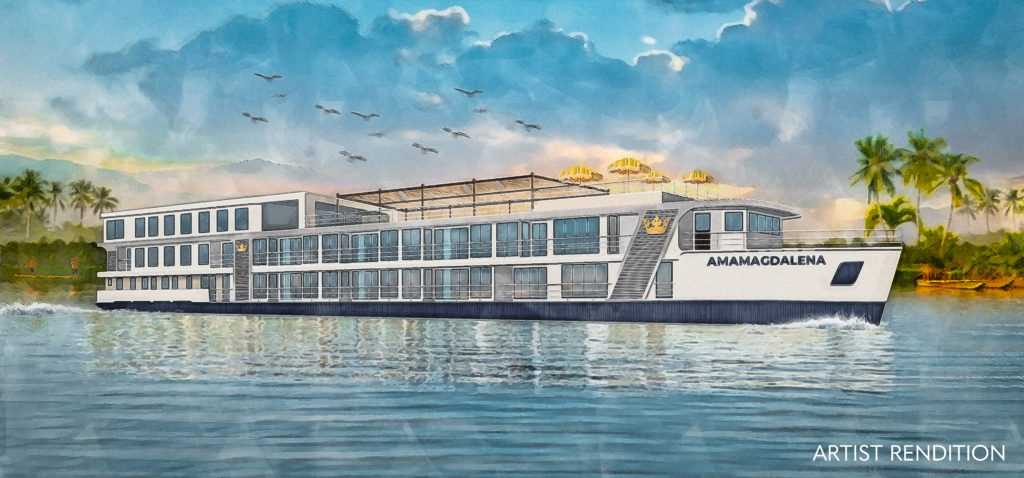
A rendering of the 60-pax river boats that AMA Waterways is building for Colombia’s Magdalena River. * Photo: AMA Waterways
Getting to Know Colombia’s Magdalena River
Colombia’s Magdalena River is some 15,000 km (950 miles) long and sources its water in the Andes, which flows south to north into the Caribbean. There are a number of branches that are also navigable, and connecting canals, hence the cruise itineraries do not cover all the same territory twice.
The Magdalena River accounts for 70% of Colombia’s hydroelectric energy and 90% of its thermo-electric power. It also provides drinking water for 38 million people and an easy way to absorb the country’s history and culture.
Though Colombia is pretty much virgin territory for non-Spanish-speaking visitors, the rich history and diversity of wildlife in the air, on land, and in the river is very alluring.
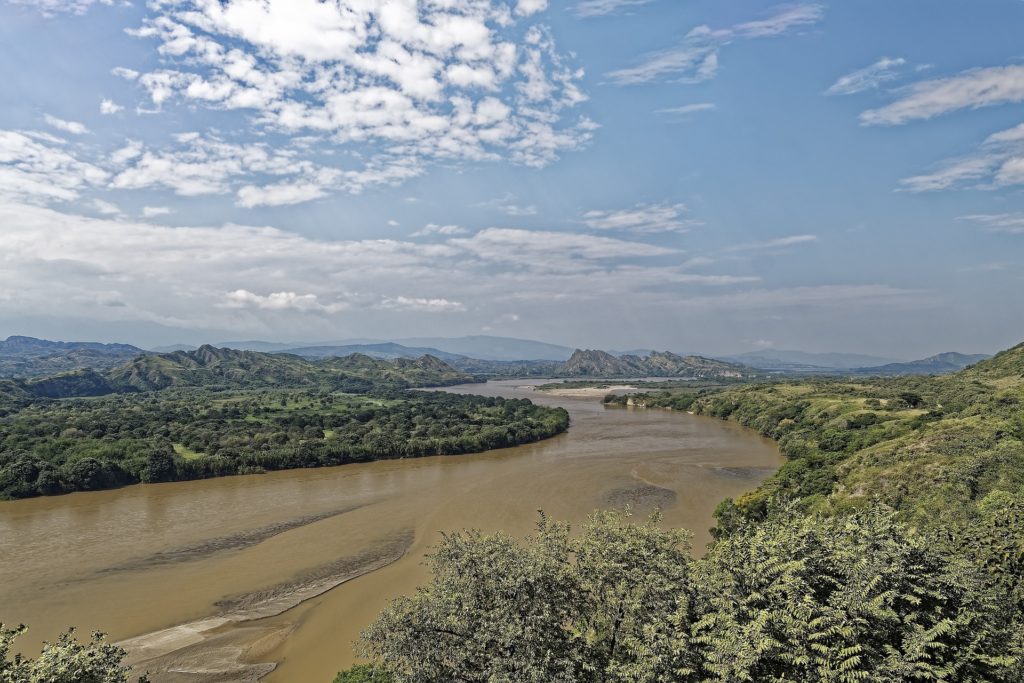
Magdalena River. * Image: Makalu from Pixabay
Subscribe to our monthly small ship cruise email
Subscribe to QuirkyCruise.com for monthly curated newsletters highlighting our top small cruise ship reviews, round-ups & offers!
Pre and Post Cruise Stays in Colombia
The Colombian cities that might ring bells are along the Caribbean Coast and have been popular ports over a long period of time — they are Cartagena and Barranquilla. The two are either the embarkation or disembarkation port for the 7-night cruises.
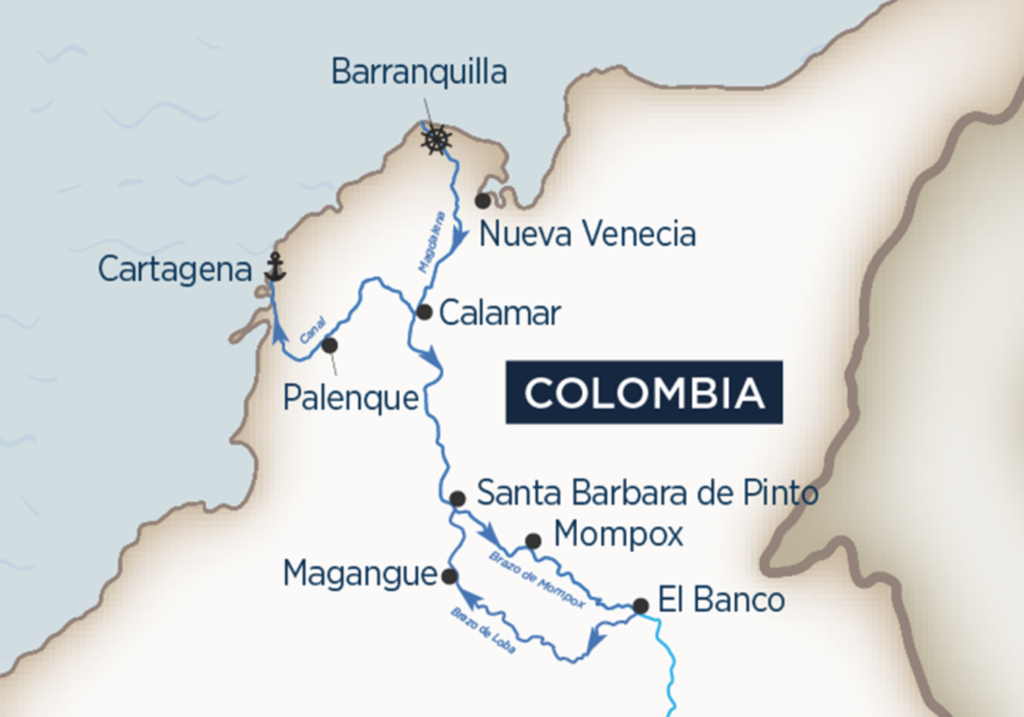
Map of AMA’s new Colombia River itinerary. * Photo: AMA Waterways
An additional three nights may be added with a stay at Medellín, a most attractive city well inland (about 400 miles southwest of Cartagena) and at an altitude of 5,000 feet.
Medellín
AMA Waterways offers a 3-night pre-cruise stay in Medellín, a city once considered among the most dangerous in the world back in the 1980s and 90s due to gang violence connected to the drug cartels. (There is also a two-night pre-cruise stay offered in Cartagena.)
But times have changed, and Medellín is in a much better place, and is now on the tourist map for visitors to enjoy its beautiful weather, lovely people and art.
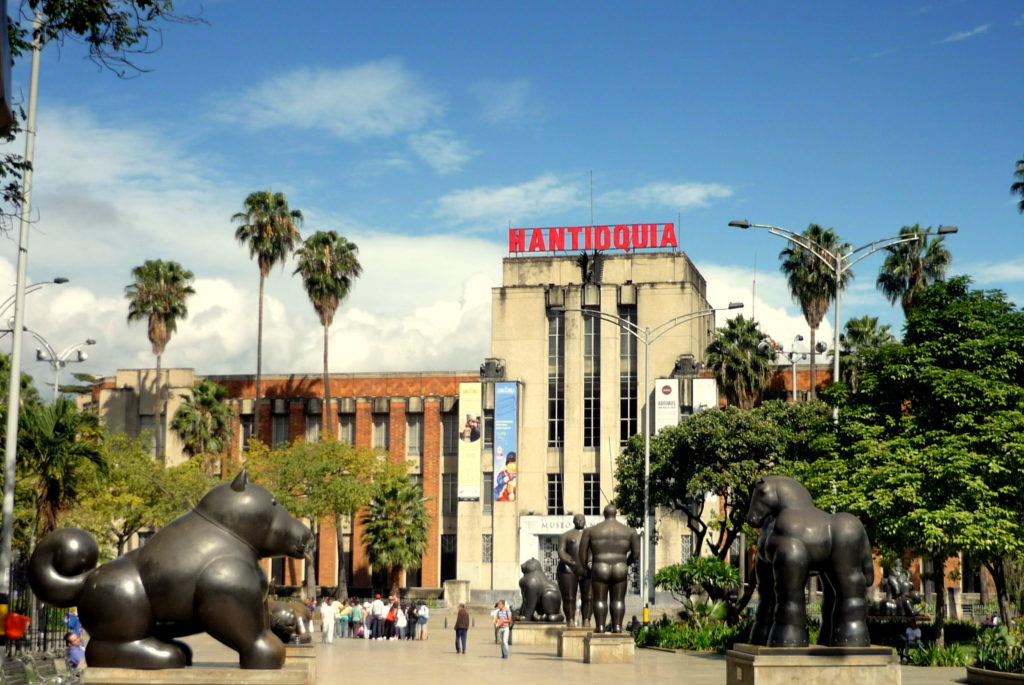
You can add on a pre- or post-cruise land stay in Medellin, birthplace of the artist and sculptor Fernando Botero Angulo. * Photo: AMA Waterways
[/box]
A Bit of Background on the Magdalena River
Before passable roads were open year-round, the Magdalena was the chief artery for north-south travel and the carriage of goods for and from the northern part of the country and international destinations well beyond the Caribbean, including Spain.
Steamboats that carried passengers over long and short river journeys finally ceased in 1961 by which time roads paralleled the river and offered faster passage. Freight haulage continues along the river right up to today as it is often much cheaper and less time sensitive.
The river is a source for fisheries and offers great biodiversity in the air, on land, and in the river.
Visitors will see wildlife that they are not likely to see anywhere else. A few of the creatures seen are neotropical otters, grey-legged night monkeys, caiman, crocodiles, iguanas, tortoises, manatees, turtles and pelicans.
Colombia’s Magdalena River connects to marshes where elegant herons scan their surroundings. The country is home to more bird species than Canada and the U.S. combined.
While there has been considerable deforestation over many years, stretches of the Magdalena are magnificent, with tropical and subtropical vegetation (plus some farming) bordering the rivers and on up the hillsides.
The Long Histories of the Ports Along Colombia’s Magdalena River
Prior to the outsiders arriving, Caribbean people inhabited the western side of the river and other tribes the eastern, and they referred to the river as the Yuma.
The river ports have long histories and special connections with Spain as Colombia was one of the most important parts of Spanish America.
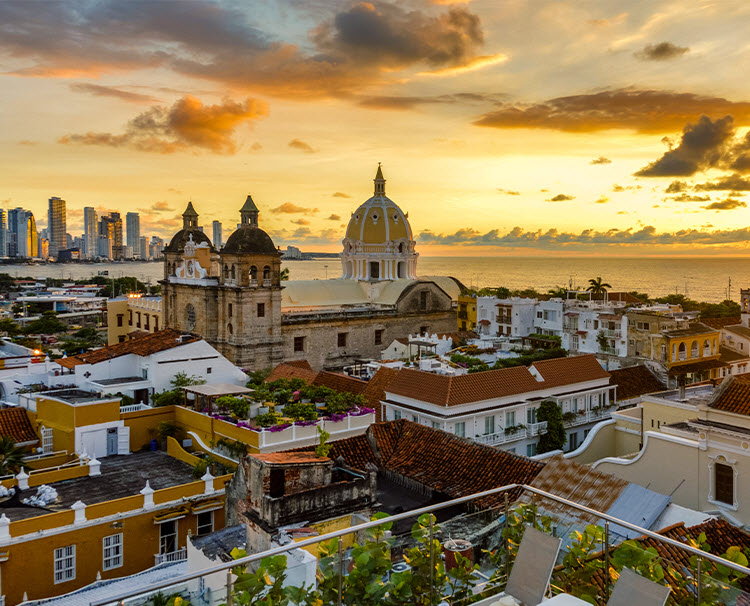
The beautiful Spanish architecture of Colombia’s old cities. * Photo: AMA Waterways
The conquistadores moved into Colombia at the very beginning of the 16th century naming the river Magdalena and establishing direct trade and communications between Bogota, the capital well up the river. The definitive abolition of slavery came in 1851, which allowed a larger free labor market for Colombia’s economic expansion.
Regular steamboat connections were established in 1845, a huge aid in connecting regions of Colombia with each other as well as abroad.
In modern times the Chinese Government have recently moved into Colombia as they have in many other countries, and here their targets included building dams at locations along the river. Some 19 species of fish are being threatened. There has been considerable controversy over this that is likely to be discussed at new dam sites during the cruise.
A Truly Offbeat & Quirky Cruise Itinerary
The one-week itinerary will call at ports that few outsiders have seen, and the beauty of this cruise is the overnight port calls that allow passengers to explore the riverfront cities independently after dinner or partake in a guided visit. The cities can be quite lively after the working day with the busy restaurant scene and bars offering musical entertainment.
Some entertainment can be enjoyed outside from a riverside seat.
Santa Cruz de Mompox, a riverport visited well up the Magdalena, was the safe storage center to protect the gold being mined from bandits.
It became a Spanish Colonial Fort Knox.
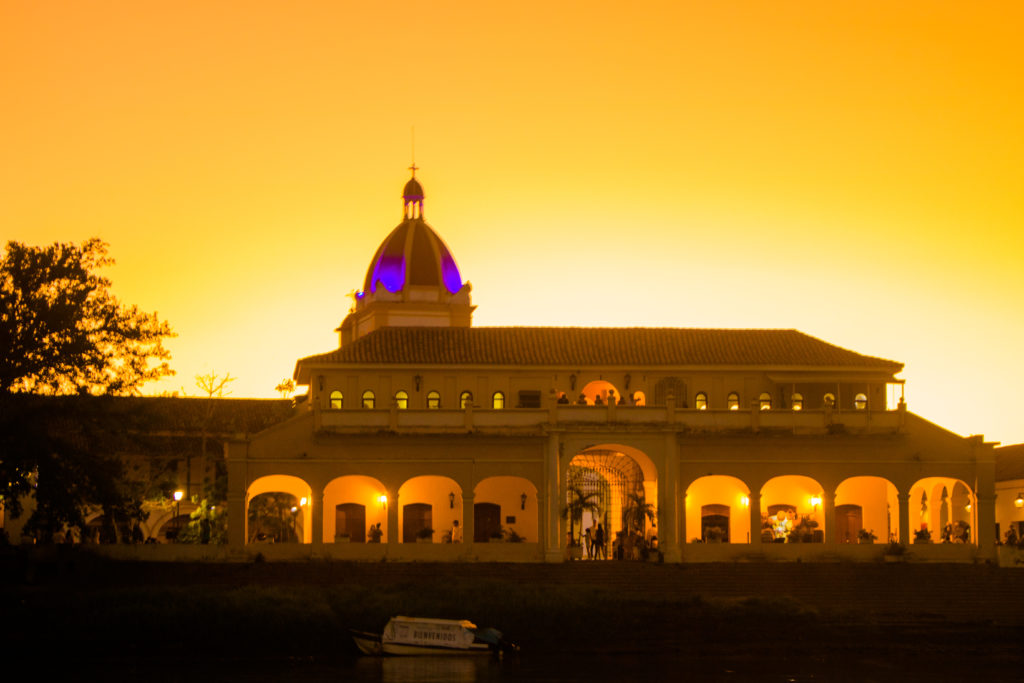
The farmer’s market in Mompox. * AMA Waterways
It boasts the oldest hospital in the Americas and still operates out of the original building.
Founded in 1840, the raised main street also serves as dyke, in most cases keeping the Magdalena from flooding the town. The city center is a UNESCO World Heritage site.
AMA Waterways Sure Gets Around
AMA Waterways blankets the European rivers; on the African continent covers Egypt, Botswana, Zimbabwe, Tanzania and South Africa; Cambodia and Vietnam in Southeast Asia; and now in South America, is bringing Colombia into its far-reaching global fold.
This is truly an itinerary we look forward to experiencing first-hand.
Here is more info on the AMA Waterways site.
RELATED: Read QuirkyCruise Contributor Anne Kalosh’s news report on this subject for SeaTrade.
Don’t miss a post about small-ship cruising, subscribe to QuirkyCruise.com for monthly updates & special offers!
© This article is protected by copyright, no part may be reproduced by any process without written permission from the author. All Rights Reserved. QuirkyCruise.com.

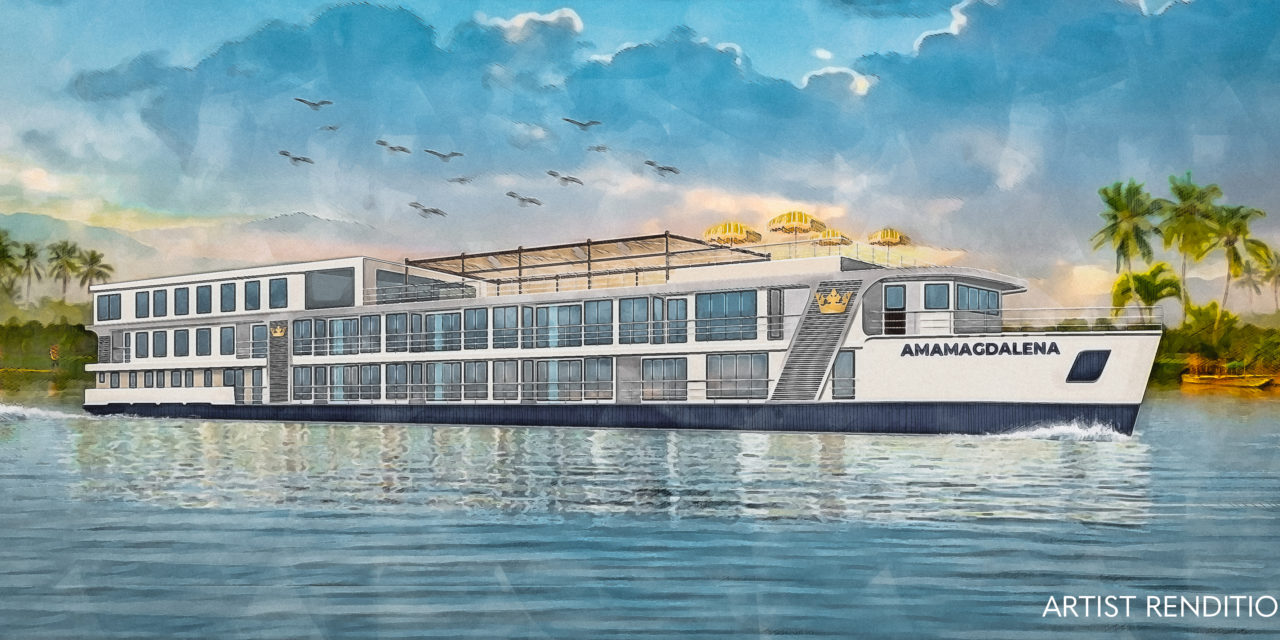

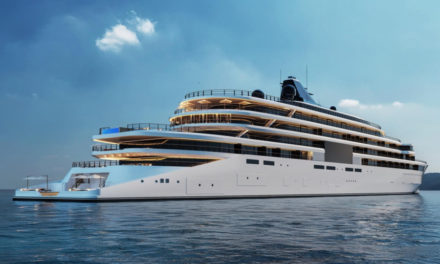
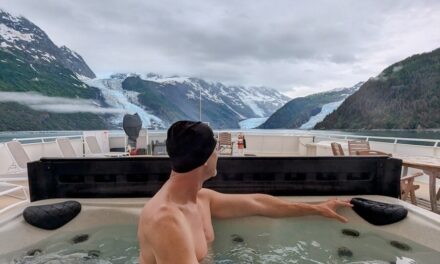
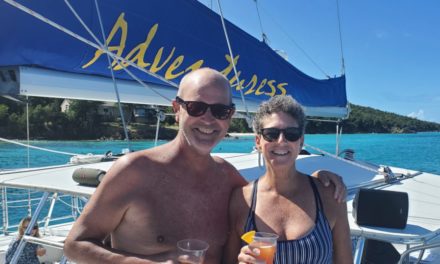








 HEIDI SARNA
HEIDI SARNA












Fascinating story, Ted, with great historical background and context! I would love to sail along the Magdalena River, too! Sounds like a great way to experience Colombia’s culture, nature and wildlife.